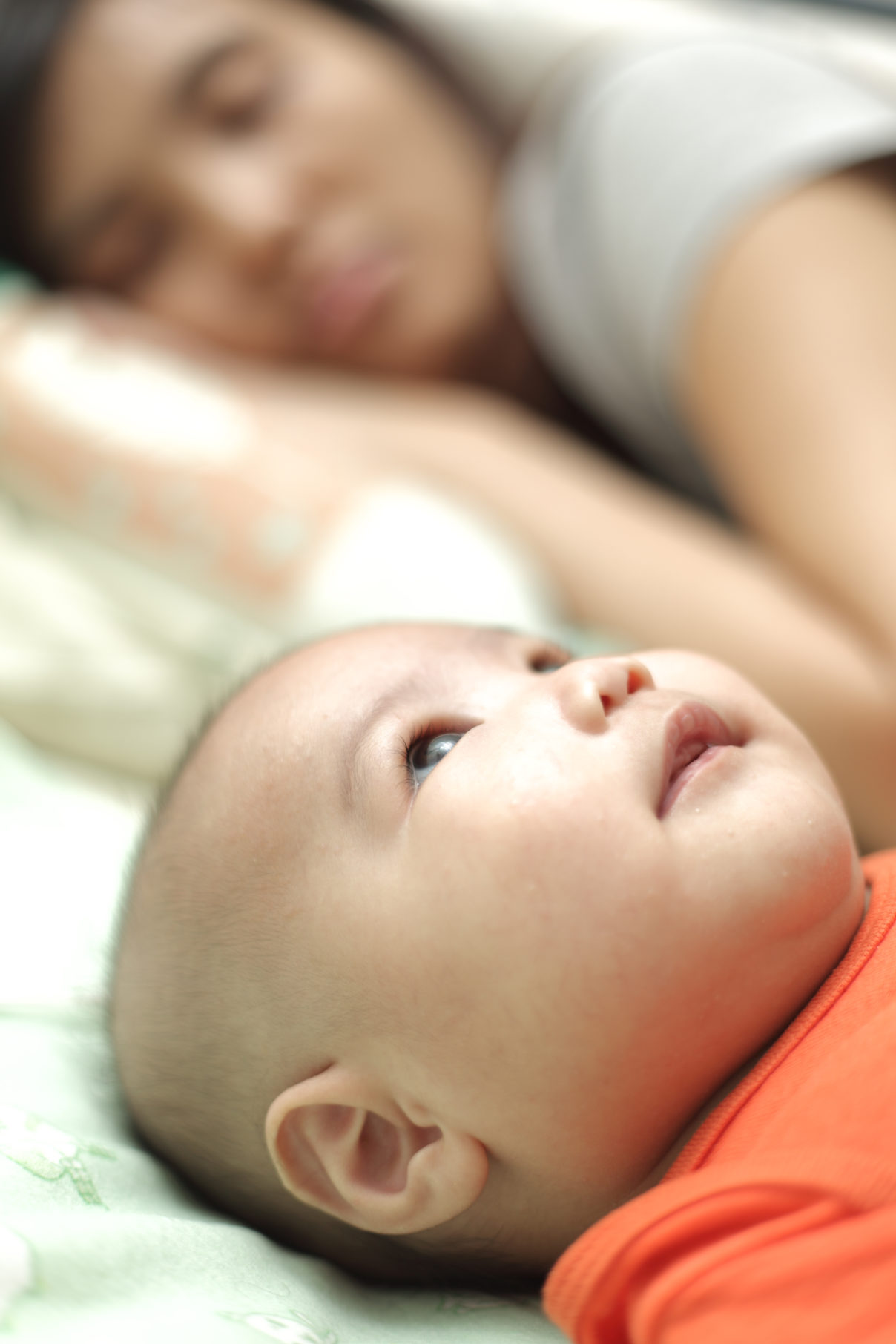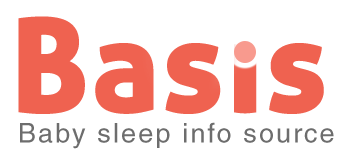Bed-sharing without breastfeeding
Bed-sharing without breastfeeding

Bed-sharing babies of breastfeeding mothers appear to avoid the presumed hazards of sleeping in adult beds (e.g., suffocation, overlaying, wedging, entrapment) (Nakamura et al 1999), due to the presence and behaviour of their mothers. But interestingly, some differences have been observed in bed-sharing behaviour between breastfeeding and formula-feeding mothers and babies (Ball 2006). In a small video study comparing families bed-sharing in their homes, formula-fed infants were often placed higher in the bed, with babies at parental face-height, and positioned between, or on top of, parental pillows. In contrast, breastfed babies were always positioned flat on the mattress, below pillow height and level with the mother’s chest.
As a group the formula-feeding mothers spent significantly less time facing their baby and in mutual face-to-face orientation than did breastfeeding mother-baby pairs, and they did not adopt the “protective C” sleep position with the same degree of consistency. Breastfeeding mothers and babies experienced a significantly greater frequency of arousals from sleep, and significantly more of these were synchronous (mother and baby waking together) than among formula-feeding mothers and babies (Ball 2006).
The patterning of these differences is consistent with an understanding of the physiological mechanisms mediating maternal and infant behaviour, in that breastfeeding mothers experience a hormonal feedback cycle, which promotes close contact with, heightened responsiveness towards, and bonding with infants in a way that is absent or diminished among mothers who do not breastfeed (Uvnas Moberg 2003). The implication here–that breastfeeding mothers and babies sleep together in qualitatively and significantly quantitatively different ways than do non-breastfeeding mothers and babies–suggests that epidemiological studies of bed-sharing that have not considered feeding type as a variable for matching cases and controls may have drawn inappropriate results in assessing risk factors associated with bed-sharing. Hopefully epidemiologists will re-examine these issues.
The implications of these studies for bed-sharing by parents who have not breastfed remain ambiguous.
Although we have some evidence that mothers who previously breastfed, or who commenced breastfeeding and then switched to formula, retain the bed-sharing characteristics of breastfeeders it is currently unknown whether parents who have never breastfed learn to sleep with their infants in the same manner. While it makes sense to ensure that mothers who have never breastfed, and fathers who sleep alone with their babies, are aware of what safe bed-sharing positioning and behaviour entail we do not currently know whether they are likely to maintain the same degree of vigilance and synchrony during sleep that is seen for breastfeeding mothers. This is why some guidance suggests that non-breastfeeders avoid bed-sharing and keep their baby on a close but separate (safe) surface to them for sleep.
